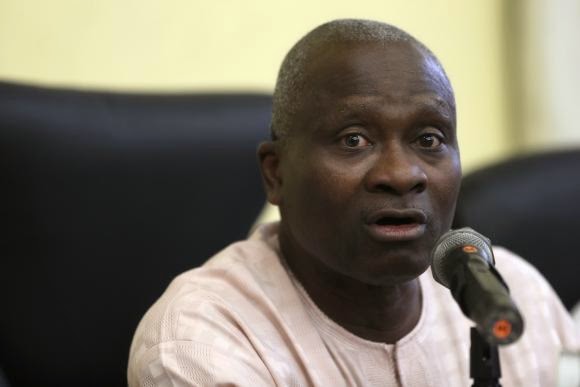Under the charismatic Dutchman the change in attitude among the squad has been remarkable
At one stage of last season, the difficulties experienced by Manchester United under David Moyes led to a joke doing the rounds that it was because the headmaster – Sir Alex Ferguson – had been replaced by a supply teacher.
It was a harsh appraisal of Moyes, but results and performances did little to help the Scot confound his critics and United's downward spiral ultimately led to the inevitable dismissal of the former Everton manager.
One inescapable conclusion of the Moyes reign was that the players never really bought into the manager's methods.
He did not challenge them enough, they became restless and, like any unruly classroom led by a supply teacher, the players lost interest and performances deteriorated as a result.
But under Louis van Gaal, the change in attitude among the squad has been remarkable.
If Moyes was a supply teacher, Van Gaal is the university professor accustomed to dealing with the very best and making them even better.
It was a harsh appraisal of Moyes, but results and performances did little to help the Scot confound his critics and United's downward spiral ultimately led to the inevitable dismissal of the former Everton manager.
One inescapable conclusion of the Moyes reign was that the players never really bought into the manager's methods.
He did not challenge them enough, they became restless and, like any unruly classroom led by a supply teacher, the players lost interest and performances deteriorated as a result.
But under Louis van Gaal, the change in attitude among the squad has been remarkable.
If Moyes was a supply teacher, Van Gaal is the university professor accustomed to dealing with the very best and making them even better.




